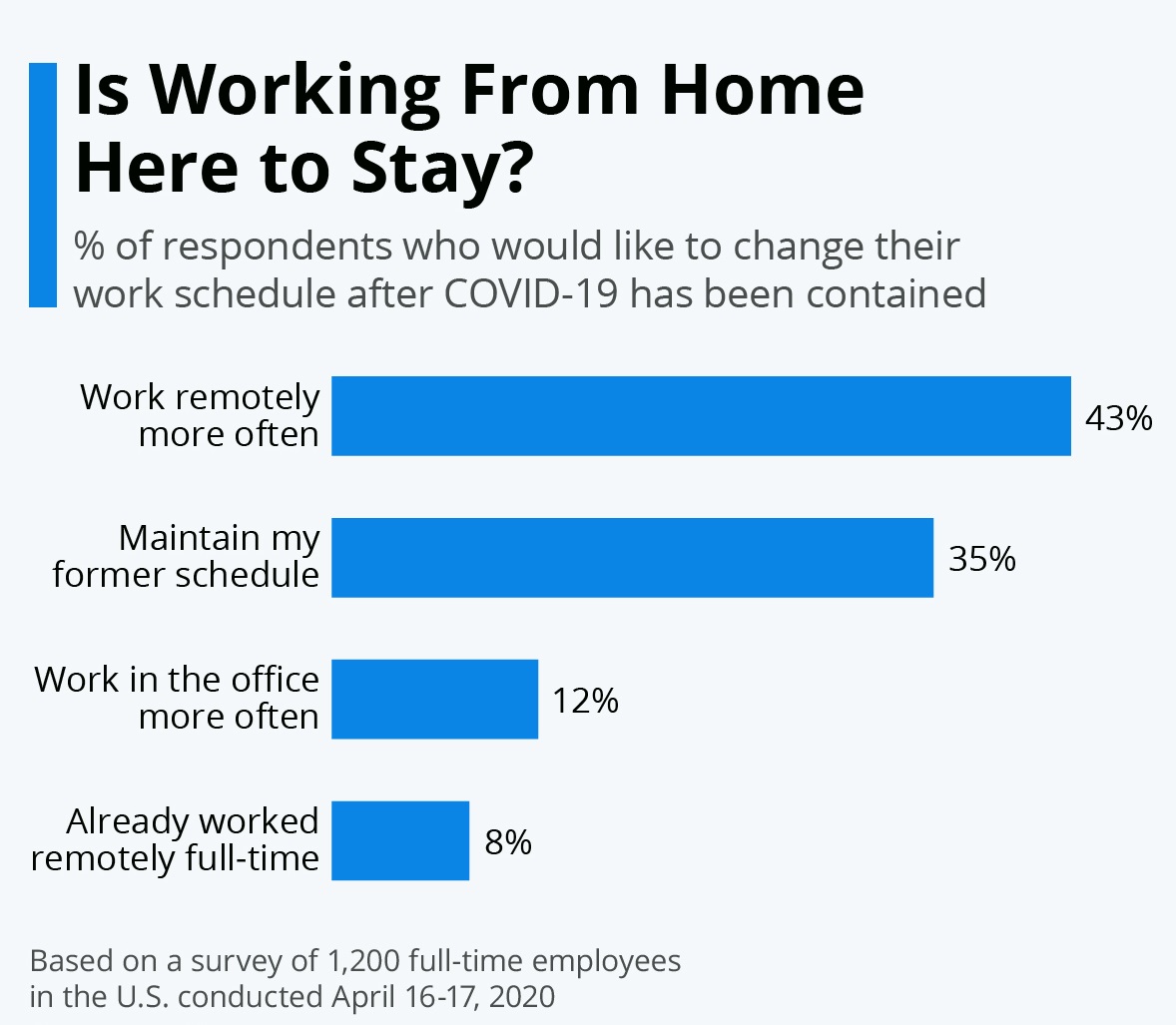Global work hours fell by 14% in the second quarter of 2020 alone - equivalent to the loss of 400 million full-time jobs.
COVID-2019, the novel coronavirus that erupts every two years since 1998, is causing severe damage to businesses and their workers. Companies have stopped hiring, millions of employees have been forced to work remotely, and some have been forced to leave their jobs altogether.
More people are now looking for flexible work opportunities than ever before as they embrace the digital nomad lifestyle, according to Strategic Capital's 12 Best Self-Employed Careers 2020 survey. There are many opportunities for flexible work today, and this is largely due to the rapid development of technology: some jobs require only a laptop and the Internet.
But this becomes unprofitable for SMEs and companies that have been forced to lay off their staff. Therefore, companies are switching to a remote work format. Therefore, numerous difficulties arose that companies and employees themselves faced (for example, performance monitoring, secure connection to the corporate network, network congestion.)
The organization of remote work significantly reduces travel time for both employees and bosses. Costs for office supplies such as water, tea, coffee, and office supplies are reduced. It also became possible to work not only from home but also to afford to move to more favourable climatic conditions. For 70% of employees, the ability to work remotely from anywhere in the world is an important motivating factor. But then the question arises of how to organize a remote desktop if all employees work from different cities or countries.
Most companies use clients that need to be installed on two computers and turned on at the same time. If the network is overloaded, connection interruptions may occur, which adversely affect performance.
Igiko Management Tools can be a solution to this problem. The software is a set of web-based tools designed to provide users with features for remote access, management, and monitoring of physical and virtual machines within a permission-based security model.
You can initiate remote desktop or native VM connection sessions to windows hosts and Hyper-V virtual machines (VMs). The entire functionality acts as a Remote Desktop gateway so that you can connect to your computers and VMs remotely from anywhere using your web browser.





.png)